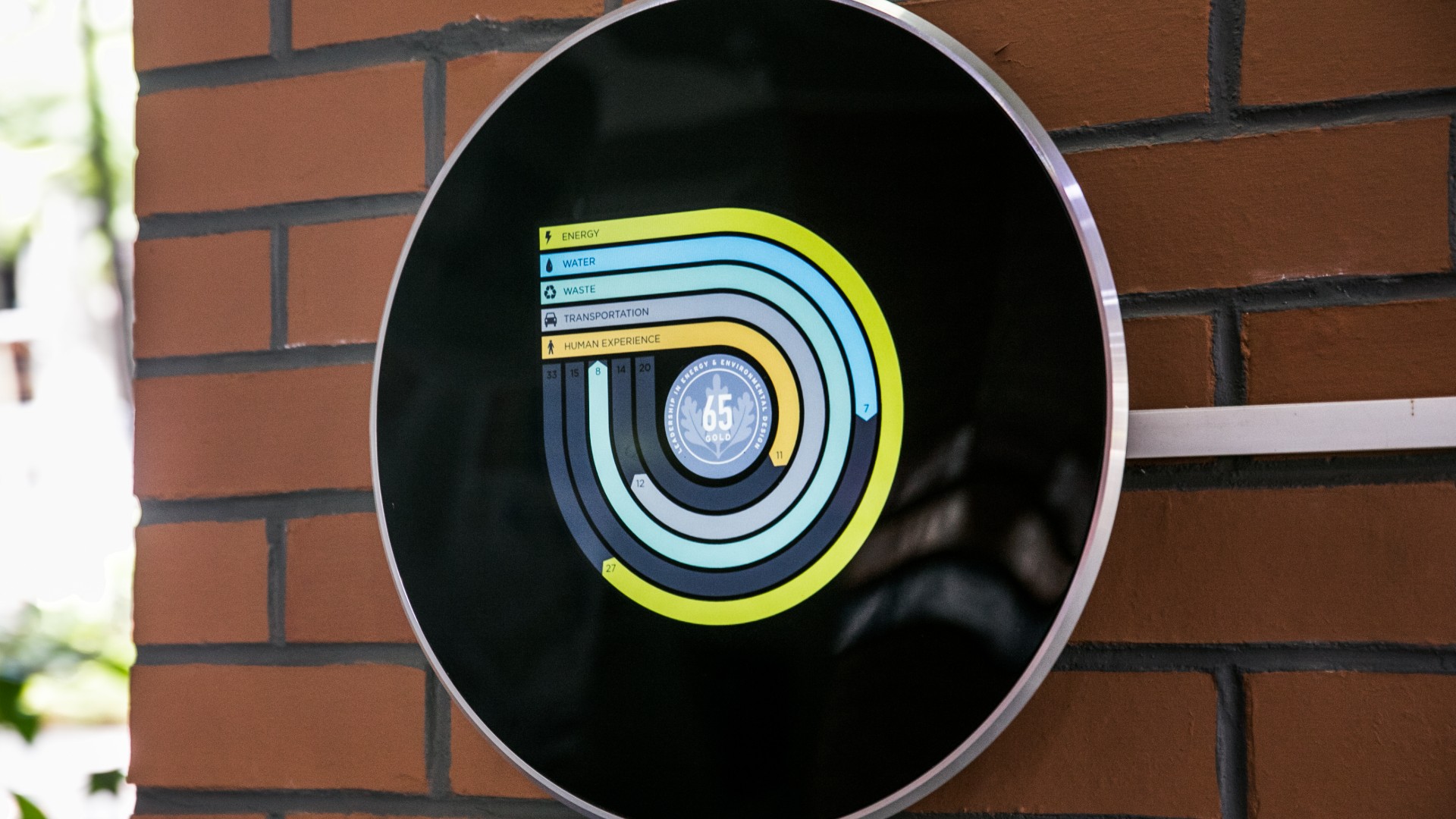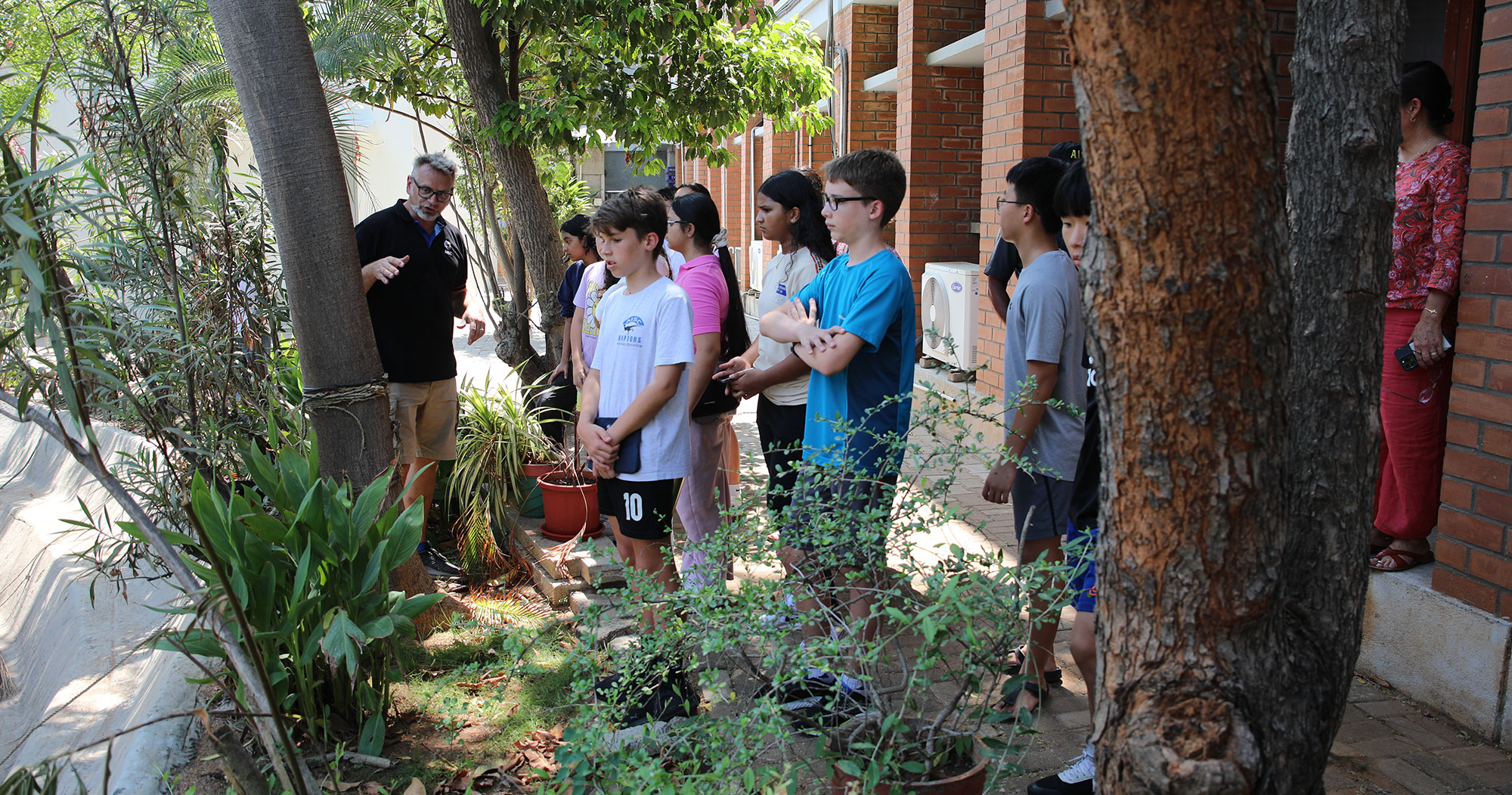Environmental Responsibility
AISC is an environmentally responsible school in many ways. But we know there is always more work that could be done. We have committed to a vision of leadership, living, and working, towards a sustainable future. We have a wide range of programs, systems and teams that devote their energy to the actualization of this vision.
The framework is built upon the strength and measurability of the ARC platform, combined with a structural and strategic perspective from AISC. The purpose of this framework is to allow AISC, and other organizations, to see exactly what is measured, where work or learning takes place, and why Environmental Responsibility is important to the school and community.
- Why: The Impact Areas are the aspirational focus points that AISC believes will move us, and our community forward. We should be aiming to achieve these things in all of our work on Environmental Responsibility.
- What: The Environmental Aspects are measurable, tangible areas of the school’s impact on the environment. These are updated regularly, and allow ASIC to classify the many types of work they do.
- Where: The Strategic Areas are physical divisions, of both people, structures, and models of thinking within AISC. Each of these areas has a tremendous influence and opportunities for innovation, and attention to them as connected areas helps to locate where AISC’s successes and challenges lie.
In addition, this framework is the basis for organizing the communication and recording of the many and complex efforts we undertake in this area of our development. The framework has already been an effective nexus for many conversations about environmental development at AISC, with students, our community, and faculty members.
Coordinating this wealth of infrastructure, learning engagement, and community action is no mean feat. AISC has become adept at tracking the changes in environmental data with the assistance of the LEED ARC platform and strives to do the same with all other aspects of our relationship with the environment.

As a celebration of our efforts, we were awarded Gold status by LEED (Leadership in Energy and Environmental Design), making us the first K-12 school in the world to achieve this status using the real-time ARC platform. In 2019, we were certified Platinum. Our Platinum status comes from our score on 5 categories: Energy, Water, Waste, Human Experience, and Transportation.
While we are proud of our environmental efforts, we are not done! We are always looking for ways that we as a campus can be more eco-friendly, and we hope that our efforts will inspire the generations to come.
